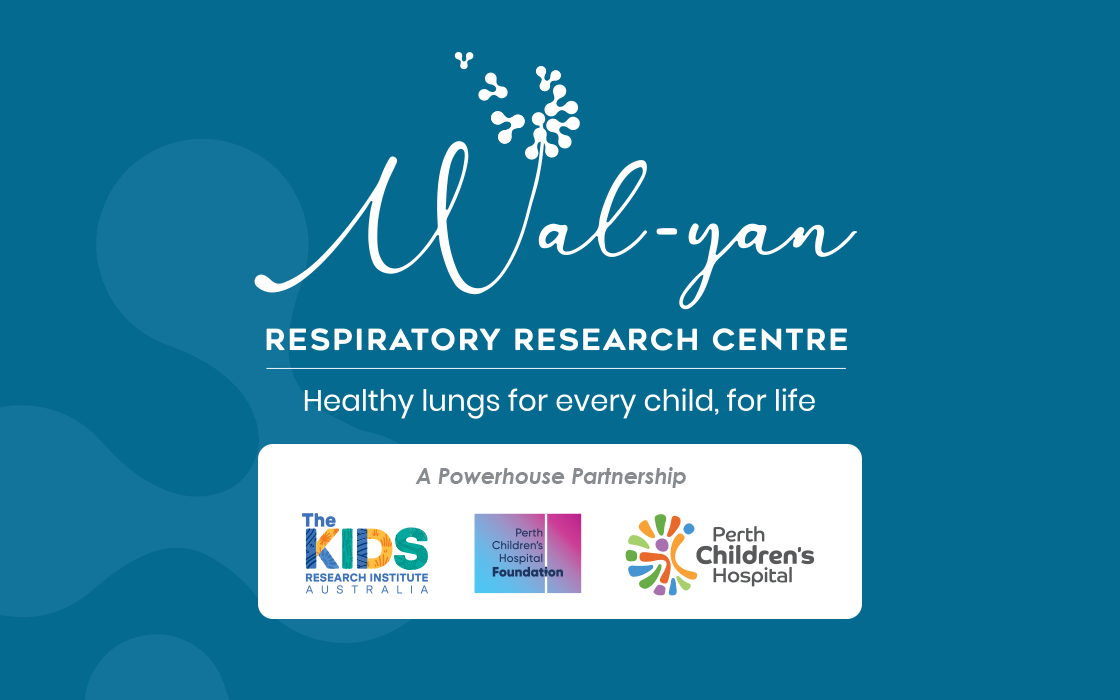Search
Showing results for "Childhood interstitial lung disease "
Research
Surfactant protein disorders in childhood interstitial lung diseaseSurfactant, which was first identified in the 1920s, is pivotal to lower the surface tension in alveoli of the lungs and helps to lower the work of breathing and prevents atelectasis. Surfactant proteins, such as surfactant protein B and surfactant protein C, contribute to function and stability of surfactant film.
Research
Side effects of medications used to treat childhood interstitial lung diseaseInterstitial lung disease in children comprises a range of different rare diseases
Research
The role of exome sequencing in childhood interstitial or diffuse lung diseaseChildren’s interstitial and diffuse lung disease (chILD) is a complex heterogeneous group of lung disorders. Gene panel approaches have a reported diagnostic yield of ~ 12%. No data currently exist using trio exome sequencing as the standard diagnostic modality.
Research
Interstitial lung disease in infancy: A general approachChildhood Interstitial lung disease (chILD) is an umbrella term used to define a broad range of rare, diffuse pulmonary disorders with altered interstitial...

Neuromuscular disorders include many rare conditions, such as Duchenne Muscular Dystrophy and Spinal Muscular Atrophy, that adversely impact respiratory health.
Research
Wet CoughA wet cough in a child for more than four weeks could indicate infection in the lungs. The wet cough is caused by mucus in the airway. The mucus becomes infected with bacteria and causes airway inflammation that can progress to permanent lung damage known as bronchiectasis.
Research
Matrix metalloproteinase activation by free neutrophil elastase contributes to bronchiectasis progression in early cystic fibrosisThe aim of this study was to assess if MMP activation positively correlates with neutrophil elastase activity, disease severity and bronchiectasis in young...
Research
Restricted aeroallergen access to airway mucosal dendritic cells in vivo limits allergen-specificChronic innocuous aeroallergen exposure attenuates CD4+ T cell-mediated airways hyperresponsiveness in mice; however, the mechanism(s) remain unclear

The Wal-yan Respiratory Research Centre is made up of multi-disciplinary teams that are committed to improving the lives of children and their families living with respiratory disease.
A full listing of all the different Research Teams at The Kids. Each of these teams can also be found under their appropriate Research Focus Area.
